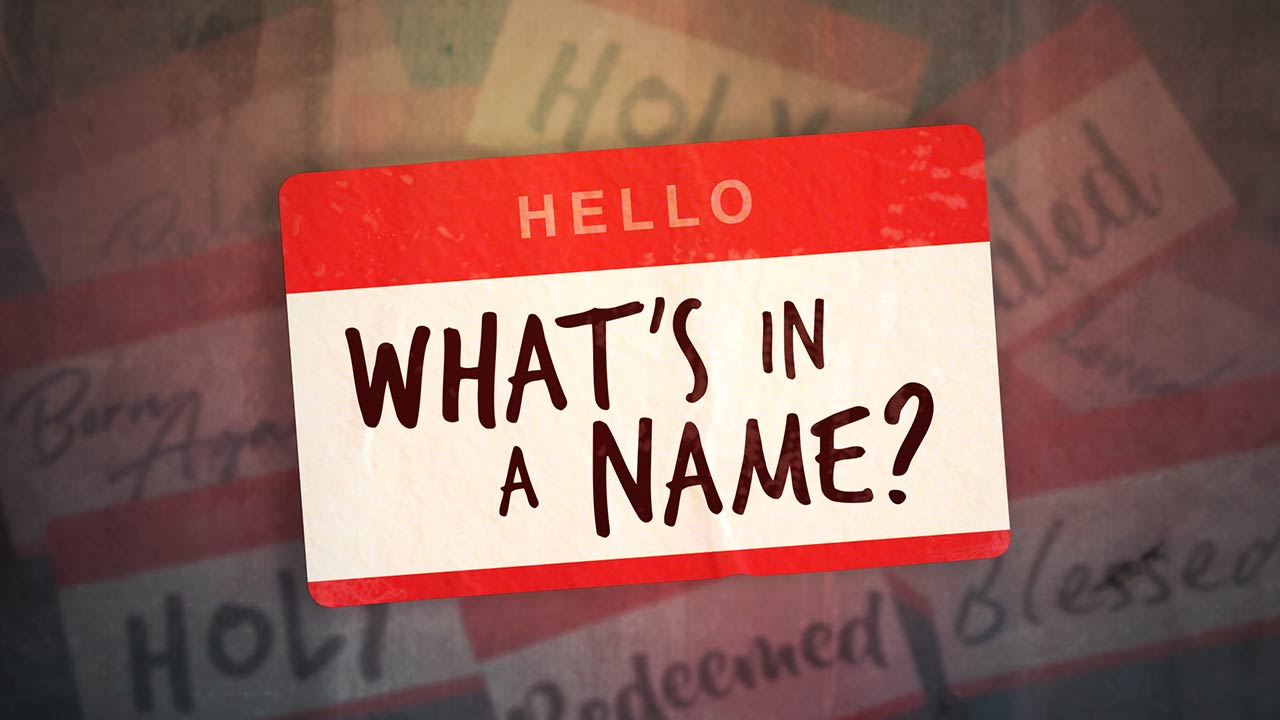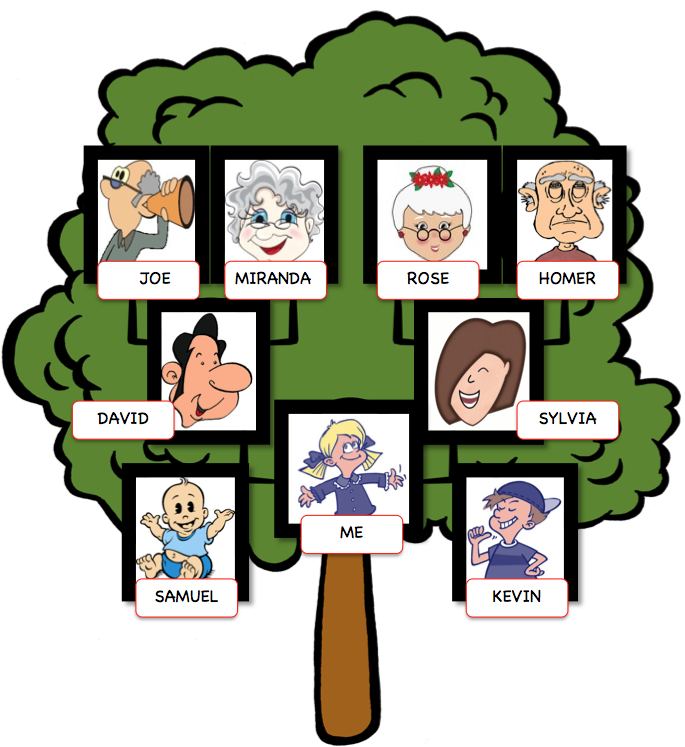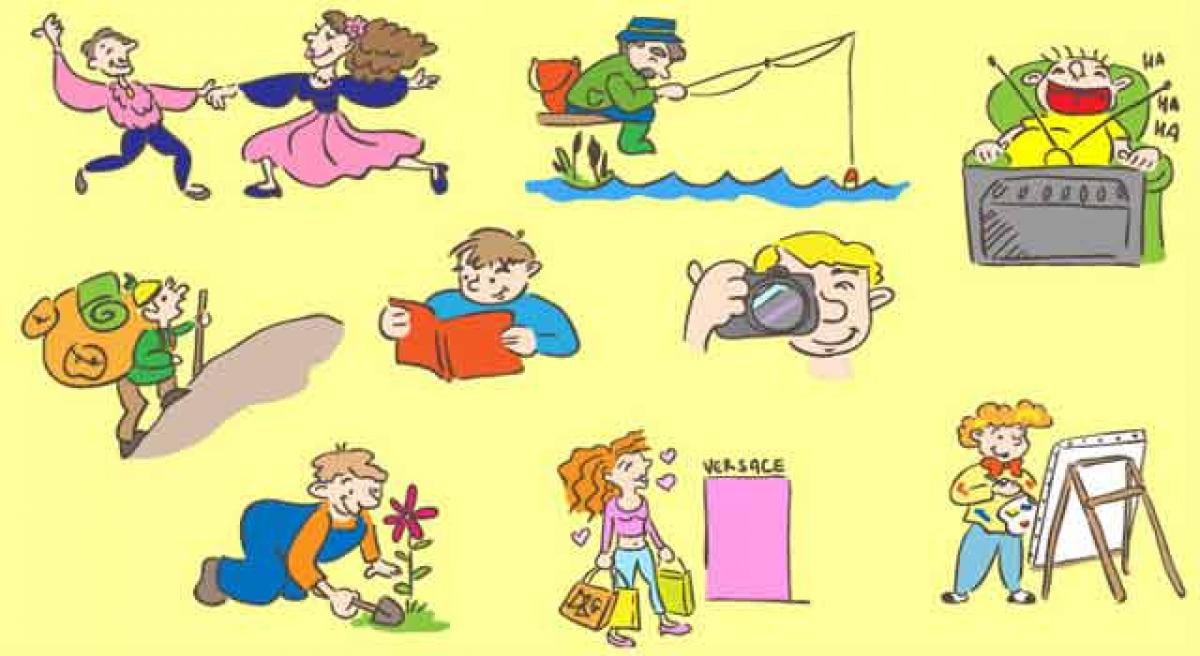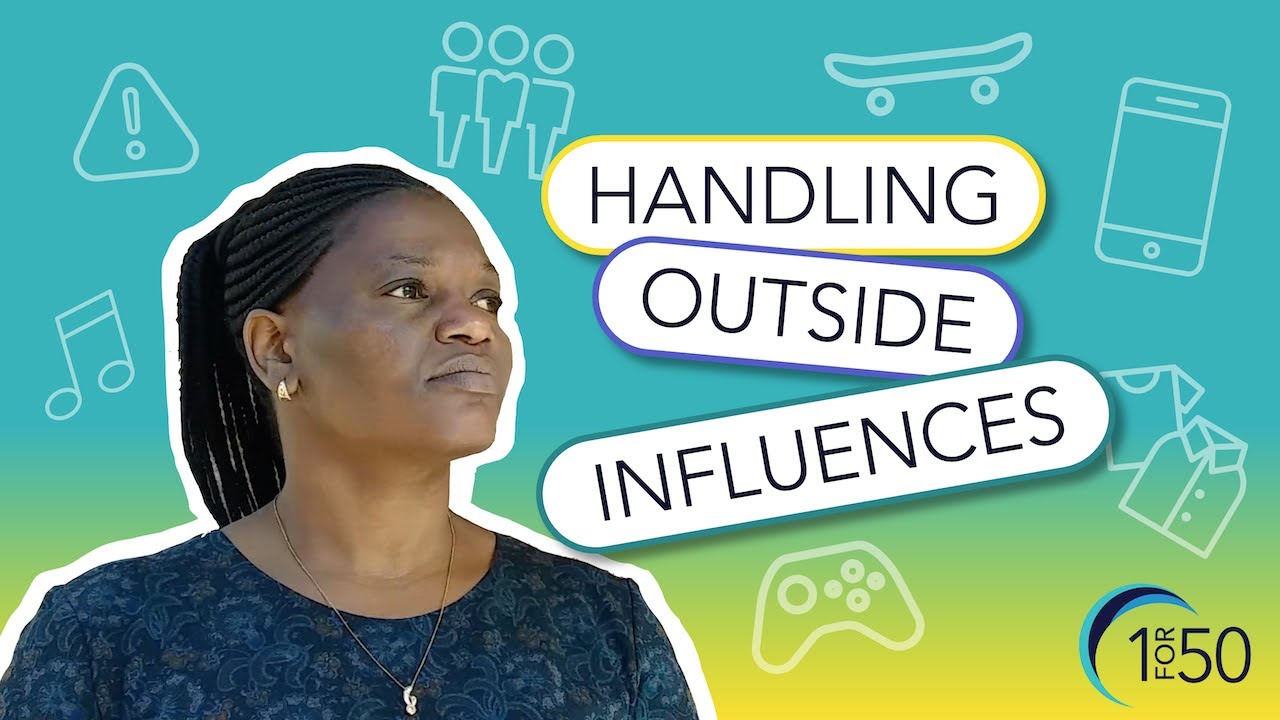 August’s Round Robin Blog topic is: How do you create your characters--their quirks, habits, values, and what part they will play in the story, etc.? Do you have a process or do they come to you instinctively?
August’s Round Robin Blog topic is: How do you create your characters--their quirks, habits, values, and what part they will play in the story, etc.? Do you have a process or do they come to you instinctively?
XX
For me, the answer to this question is a mixed bag. Sometimes I create the characters to fit the plot that has taken over my imagination, other times the characters are born first and they drive the plot. And sometimes a character will just appear out of nowhere in the middle of a story, or be created when a need for such a character presents itself.
XX
 If I already have a plot, or at least an idea for a story, then the characters I create end up with habits, values, jobs and backgrounds to support their part in the story. When I wrote my time travel, I needed to give my time-traveling heroine a backstory that supported her understanding of the era in which she found herself, so she became a history teacher. When I was writing The Candidate, I needed my protagonist to have a career that would support his candidacy for president, thus he began his adult life as a soldier who returned to school to become a lawyer and then ran for a state house of representative seat before moving on the US Senate. When I needed a character who suffered PTSD and survivor guilt, I created a woman born to a single mom who went into the military service as a way to get a college education and ended up being sent to serve a few years in a war zone, while her husband and two sons waited back home.
If I already have a plot, or at least an idea for a story, then the characters I create end up with habits, values, jobs and backgrounds to support their part in the story. When I wrote my time travel, I needed to give my time-traveling heroine a backstory that supported her understanding of the era in which she found herself, so she became a history teacher. When I was writing The Candidate, I needed my protagonist to have a career that would support his candidacy for president, thus he began his adult life as a soldier who returned to school to become a lawyer and then ran for a state house of representative seat before moving on the US Senate. When I needed a character who suffered PTSD and survivor guilt, I created a woman born to a single mom who went into the military service as a way to get a college education and ended up being sent to serve a few years in a war zone, while her husband and two sons waited back home.
XX
 For the stories where the characters come first, I’m not sure I have a set method, but I usually start with a name which isn’t always as easy as you might think. This name will depend somewhat on what kind of a character I am creating. If he’s a pompous, egotistical person, his name needs to fit that image. In my current project I have such a character. He’s not my main character, but he’s pretty impressed with himself and I named him Malcolm Beauregard Riggs III, which he likes to use ALL of. No one would ever think of calling him Mal, or Beau, or even Riggs. His son, a very different sort of man, who happens to be my main character and bears the burden of being Christened Malcolm Beauregard Riggs IV is called Mac by one and all. I try not to stereotype my female characters so their names are chosen less for image and more for what sounds nice in combination with whatever surname she carries and has a convenient and pleasant nickname.
For the stories where the characters come first, I’m not sure I have a set method, but I usually start with a name which isn’t always as easy as you might think. This name will depend somewhat on what kind of a character I am creating. If he’s a pompous, egotistical person, his name needs to fit that image. In my current project I have such a character. He’s not my main character, but he’s pretty impressed with himself and I named him Malcolm Beauregard Riggs III, which he likes to use ALL of. No one would ever think of calling him Mal, or Beau, or even Riggs. His son, a very different sort of man, who happens to be my main character and bears the burden of being Christened Malcolm Beauregard Riggs IV is called Mac by one and all. I try not to stereotype my female characters so their names are chosen less for image and more for what sounds nice in combination with whatever surname she carries and has a convenient and pleasant nickname.
XX
Once upon a time I was trying to be careful never to use a name possessed by a family member or friend, but then one of my granddaughters asked to have a character named after her. Now I’ve managed to include all of t hem. I have lost two wee grandsons, one to SIDS and the other to a playground accident so all of my books now feature a Sam, Samuel, or Sammy and a Philip appearing somewhere, usually as secondary characters. I’ve also included two friends who were delighted to find they had namesakes in my books. I try to match names to the ethnicities, heritage, cultures and the time in history they inhabit. Nearly all my characters have a nickname that goes well with their surname. And if they have a significant other, they might also acquire a pet name. Another tip I got from several writers earlier in my writing career was not to have repetitive starting letters that can confuse the readers. Thus, the same story will not feature Anna, Andy, Amanda and Anthony (unless maybe he’s just called Tony.) And one last thing about names, if the character is simply a placeholder, who fills a needed function but isn’t that important in their own right, they are never given a name, but rather referred to as ‘the waiter, officer, doctor, his teacher or her secretary.
hem. I have lost two wee grandsons, one to SIDS and the other to a playground accident so all of my books now feature a Sam, Samuel, or Sammy and a Philip appearing somewhere, usually as secondary characters. I’ve also included two friends who were delighted to find they had namesakes in my books. I try to match names to the ethnicities, heritage, cultures and the time in history they inhabit. Nearly all my characters have a nickname that goes well with their surname. And if they have a significant other, they might also acquire a pet name. Another tip I got from several writers earlier in my writing career was not to have repetitive starting letters that can confuse the readers. Thus, the same story will not feature Anna, Andy, Amanda and Anthony (unless maybe he’s just called Tony.) And one last thing about names, if the character is simply a placeholder, who fills a needed function but isn’t that important in their own right, they are never given a name, but rather referred to as ‘the waiter, officer, doctor, his teacher or her secretary.
XX
 So, now my character has a name. But they are as unformed as a newborn baby. They need to grow into the character that’s going to drive the plot. In my romances I needed to create two characters of equal importance who would be attractive to each other and yet possess some conflicting traits that they would have to overcome to find their happy ever after. In Trusting Will, my heroine was a war widow who had vowed never to get involved with a man who put his life in harm’s way on a regular basis. That hero turned out to be state motorcycle cop in an era where just wearing the uniform often means having a target on your back, never mind that his official unit only had two wheels. Sometimes it fits best if the character is an only child, but I also have a book on traits of
So, now my character has a name. But they are as unformed as a newborn baby. They need to grow into the character that’s going to drive the plot. In my romances I needed to create two characters of equal importance who would be attractive to each other and yet possess some conflicting traits that they would have to overcome to find their happy ever after. In Trusting Will, my heroine was a war widow who had vowed never to get involved with a man who put his life in harm’s way on a regular basis. That hero turned out to be state motorcycle cop in an era where just wearing the uniform often means having a target on your back, never mind that his official unit only had two wheels. Sometimes it fits best if the character is an only child, but I also have a book on traits of  Birth Order which is interesting, all by itself, but offers insights into the differences between the way a first born, middle child or baby in the family approaches life in general or problems and roadblocks in specific, which is handy to know as your character runs into trouble. As my characters begin to take on personalities, they acquire careers that fit the needs of either the plot or the conflicts with other characters or both. Sometimes it’s handy to give them hobbies that fill a need in the story, like my grounded pilot who learned carpentry from his grandfather and is currently working on a construction crew, or my volunteer firefighter who ends up delivering a baby in the middle of a hurricane.
Birth Order which is interesting, all by itself, but offers insights into the differences between the way a first born, middle child or baby in the family approaches life in general or problems and roadblocks in specific, which is handy to know as your character runs into trouble. As my characters begin to take on personalities, they acquire careers that fit the needs of either the plot or the conflicts with other characters or both. Sometimes it’s handy to give them hobbies that fill a need in the story, like my grounded pilot who learned carpentry from his grandfather and is currently working on a construction crew, or my volunteer firefighter who ends up delivering a baby in the middle of a hurricane.
XX
 Sometimes it’s influences from outside that give a protagonist their drive and goals. Jesse Quinn, who idolized her dad, but was totally under her mother’s society matron thumb, did her best to be a model daughter and wife . . . until she discovered her ‘Model’ husband, chosen for her by her mom, had been cheating on her nearly from their wedding day. Even before the ink was dry on the divorce decree she doubled down, went to the police academy and followed in her father’s footsteps in spite of pressure from her mother, and is more than proud of the person she has become by taking charge of her own life and decisions.
Sometimes it’s influences from outside that give a protagonist their drive and goals. Jesse Quinn, who idolized her dad, but was totally under her mother’s society matron thumb, did her best to be a model daughter and wife . . . until she discovered her ‘Model’ husband, chosen for her by her mom, had been cheating on her nearly from their wedding day. Even before the ink was dry on the divorce decree she doubled down, went to the police academy and followed in her father’s footsteps in spite of pressure from her mother, and is more than proud of the person she has become by taking charge of her own life and decisions.
XX
 And then there are those exceptional characters who just arrive on stage, totally unexpected until that moment and seem to create themselves. In Keeping His Promise, a secondary character, running for mayor wanted the town to turn an old run-down plantation willed to the town into a half-way house for young men who’d gotten into trouble with the law but wanted to get squared away when they finished serving their time, yet had nowhere to go and no job offers. My heroine was a reporter with a ‘Not-in-my-backyard’ philosophy. Part of the conflict in this romance was the hero is a small-town cop who thought the half-way/second chance house was an excellent idea. Then, out of nowhere comes Lucas Trevlyn, name and all, who was introduced to our reluctant heroine as the man who would be running this halfway house. He arrived on the scene complete with a history that backed up his credentials and he was so charming he won over both me and my heroine. He was such a compelling character in that book, I am now writing his story which will be out next year.
And then there are those exceptional characters who just arrive on stage, totally unexpected until that moment and seem to create themselves. In Keeping His Promise, a secondary character, running for mayor wanted the town to turn an old run-down plantation willed to the town into a half-way house for young men who’d gotten into trouble with the law but wanted to get squared away when they finished serving their time, yet had nowhere to go and no job offers. My heroine was a reporter with a ‘Not-in-my-backyard’ philosophy. Part of the conflict in this romance was the hero is a small-town cop who thought the half-way/second chance house was an excellent idea. Then, out of nowhere comes Lucas Trevlyn, name and all, who was introduced to our reluctant heroine as the man who would be running this halfway house. He arrived on the scene complete with a history that backed up his credentials and he was so charming he won over both me and my heroine. He was such a compelling character in that book, I am now writing his story which will be out next year.
XX
 Bottom line, your characters must fill the needs of the story-line, while being real. Heroes with no faults are as boring as white hospital sheets. All your characters, both good guys and bad, need to possess both positive and negative traits. They say even mob enforcers love their moms. Give your characters a quirk or two to make them memorable,
Bottom line, your characters must fill the needs of the story-line, while being real. Heroes with no faults are as boring as white hospital sheets. All your characters, both good guys and bad, need to possess both positive and negative traits. They say even mob enforcers love their moms. Give your characters a quirk or two to make them memorable,  like Kojak who always had a tootsie pop in his mouth. Or Columbo with his habit of having just one more question. A writer should be a people watcher. The world is full of ideas everywhere you go: The whiny toddler at the grocery store who has a frazzled mom, the biker who goes out of his way to retrieve a ball and toss it back into the game. The way people treat their pets, their spouses, their cars. Their attitude toward their jobs and the cop who pulls them over for speeding. Everywhere there are people, there are ideas you can stow away to enhance the creation of your characters to make them real, memorable, loveable – or hateful, and different.
like Kojak who always had a tootsie pop in his mouth. Or Columbo with his habit of having just one more question. A writer should be a people watcher. The world is full of ideas everywhere you go: The whiny toddler at the grocery store who has a frazzled mom, the biker who goes out of his way to retrieve a ball and toss it back into the game. The way people treat their pets, their spouses, their cars. Their attitude toward their jobs and the cop who pulls them over for speeding. Everywhere there are people, there are ideas you can stow away to enhance the creation of your characters to make them real, memorable, loveable – or hateful, and different.
XX
Now you can hop on over to see how these authors approach the creation of characters.
XX
Connie Vines
Fiona McGier
Dr. Bob Rich
Anne Stenhouse
Robin Courtright